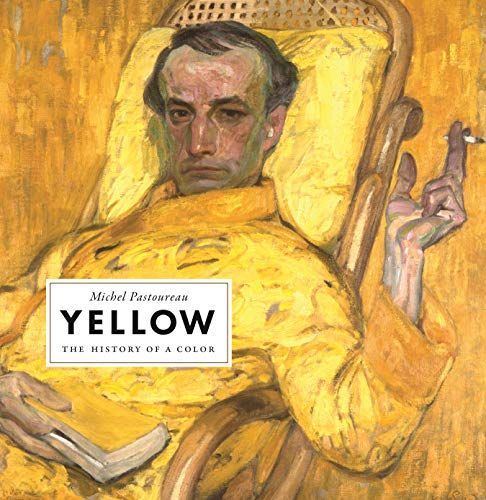
Yellow The History of a Color
"Illuminated with a wide variety of images, this book traces the long history of yellow around the world. In antiquity, yellow was considered a sacred color, a symbol of light, warmth, wealth, and prosperity. But in medieval Europe, it became highly ambivalent: greenish yellow came to signify demonic sulfur and bile, the color of forgers, felon knights, traitors, Judas, and Lucifer-while warm yellow recalled honey and gold, serving as a sign of joy, pleasure and abundance. The yellow stars of the Holocaust were seared into the color's negative tradition. In Europe today, yellow has diminished to a discreet color. Greenish yellow can still be seen as dangerous, sickly, or poisonous, and golden yellow remains positive, but the color is absent in much of everyday life and is lacking in symbolism. In Asia, however, yellow pigments like ocher and orpiment and dyes like saffron, curcuma, and gaude are abundant. Painting and dyeing in this color has been easier than in Europe, offering a richer and more varied palette of yellows that has granted the color a more positive meaning. In ancient China, for example, yellow clothing was reserved for the emperor. In India, the color is seen as a source of happiness: wearing a little yellow is believed to keep evil away. And importantly, it is the color of Buddhism, whose temple doors are marked with the color. Yellow continues to have different meanings in different cultural traditions, but in most, the color remains associated with light and sun, something that can be seen from afar and that seems warm and always in motion"--
Reviews
Irina Yashina@irinayashina